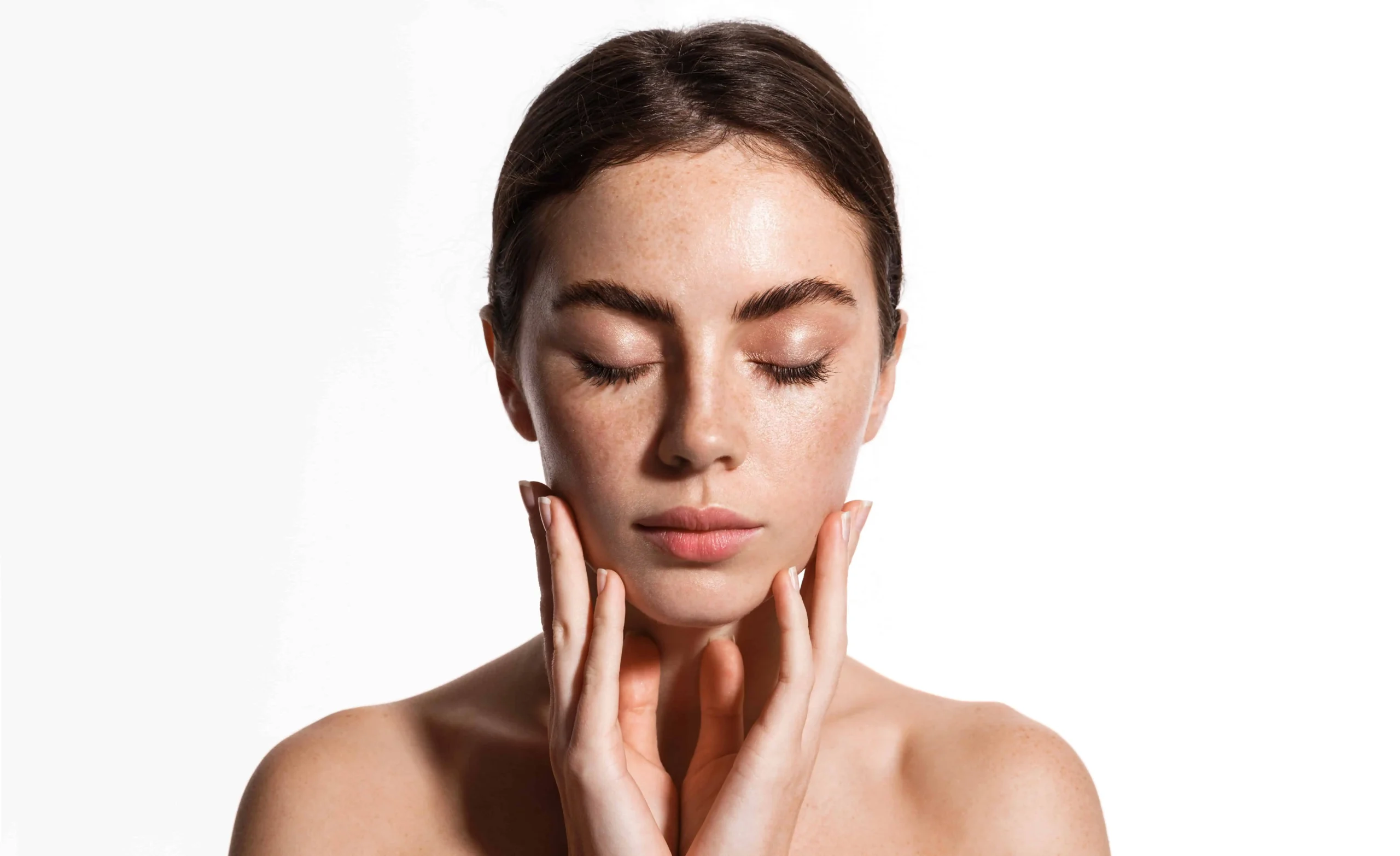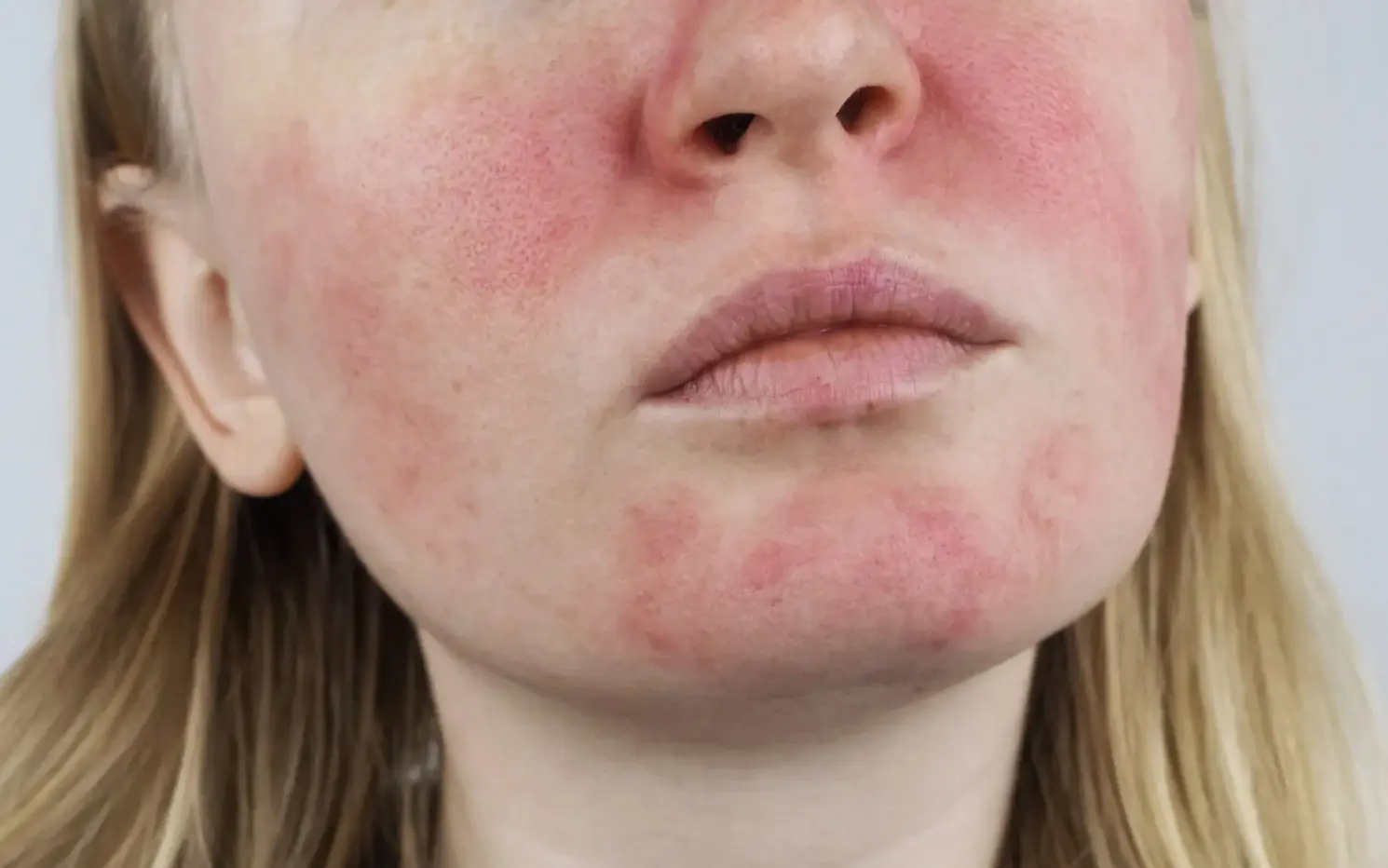Age spots, solar lentigines, or liver spots are common skin blemishes that frequently appear as people age. Despite their misleading name, liver spots have nothing to do with the liver. Instead, they are a result of sun exposure and aging. In this blog post, we’ll delve into what liver spots are, their causes, and how to manage and treat them effectively.
What Are Liver Spots?
Liver spots are dark, flat patches of skin that typically develop on skin exposed to the sun, such as the arms, hands, shoulders, and face. They can be different sizes and have colors ranging from light brown to dark brown or black. These spots are benign and typically don’t cause any symptoms or health concerns. Here’s a closer look at what their characteristics are:
- Appearance: Liver spots are usually round or oval and have a uniform color. They are
typically flat and may become darker over time. - Size: They can vary from small freckles to larger patches.
- Texture: Liver spots are generally smooth and do not cause any changes in skin texture.
Causes of Liver Spots
- Sun Exposure: The primary cause of liver spots is prolonged and repeated exposure to ultraviolet (UV) rays from the sun. UV radiation triggers the production of melanin, the pigment responsible for skin Over time, excess melanin can accumulate and form these spots.
- Aging: As we age, our skin undergoes various changes, including a decrease in the ability to repair itself. This reduced repair capacity can lead to the formation of liver spots. The cumulative effect of sun exposure over the years contributes to their development.
- Genetics: Some people may be more predisposed to developing liver spots due to their genetic If your family members have liver spots, you might be at a higher risk of developing them yourself.
- Hormonal Changes: Hormonal changes, such as those during pregnancy or with the use of birth control pills, can sometimes lead to the development of pigmentation changes, including liver spots. These are often referred to as melasma or chloasma.
Managing and Treating Liver Spots
While liver spots are harmless, many people seek to reduce their appearance for cosmetic reasons. There are various approaches to managing and treating liver spots:
- Sun Protection: The most effective way to prevent liver spots from worsening or new ones from developing is to protect your skin from UV radiation. Use broad-spectrum sunscreen with at least SPF 30 daily, even on cloudy days, and wear protective clothing and hats when outdoors.
- Topical Treatments: Several over-the-counter and prescription products can help lighten liver spots. Look for ingredients such as:
- Hydroquinone:A common lightening agent that reduces melanin production.
- Retinoids: Retinoids like retinol or tretinoin promote cell turnover and can help fade dark spots.
- Vitamin C: A common lightening agent that reduces melanin production.
- Niacinamide: Well known for brightening the skin, niacinamide can help balance out skin tone.
- Chemical Peels: Chemical peels involve applying a chemical solution to the skin to exfoliate the outer layers, promoting the growth of new skin and reducing They can be effective in treating liver spots and improving overall skin texture.
- Laser Treatments: Laser therapy targets melanin in the skin, breaking it down and reducing the appearance of liver Various types of lasers, such as intense pulsed light (IPL) and fractional lasers, can be used depending on the severity and type of pigmentation.
- Cryotherapy: Cryotherapy involves freezing the liver spots with liquid nitrogen, which causes the pigmented cells to shed and eventually This treatment can be effective but may require multiple sessions.
- Professional Consultation: Consulting a provider is essential for a personalized treatment A provider can evaluate your liver spots, recommend suitable treatments, and provide guidance on maintaining skin health.
Preventing Liver Spots
- Regular Sun Protection: Consistent use of sunscreen is crucial for preventing liver spots. Apply sunscreen generously to all exposed areas of the skin and reapply every two hours, especially after swimming or sweating.
- Avoid Tanning Beds: Tanning beds expose your skin to harmful UV radiation, which can exacerbate existing liver spots and increase the risk of new Avoiding tanning beds is an essential step in protecting your skin.
- Healthy Lifestyle Choices: A healthy diet rich in antioxidants, such as fruits and vegetables, can support skin health and may help protect against pigmentation Staying hydrated and avoiding smoking also contributes to overall skin well-being.
- Regular Skin Checks: Regularly monitor your skin for any changes or new Early detection of changes in pigmentation or new spots is crucial for addressing potential concerns and seeking appropriate treatment.
Conclusion
Liver spots, or age spots, are common skin changes that occur with aging and sun exposure. While they are generally harmless, understanding their causes and taking proactive steps to manage and prevent them can help you maintain healthy, radiant skin. By protecting your skin from the sun, using appropriate treatments, and making healthy lifestyle choices, you can effectively manage liver spots and enhance your skin’s appearance at any age. If you have concerns about liver spots or notice any changes in your skin, consulting a provider can provide you with personalized advice and treatment options.





